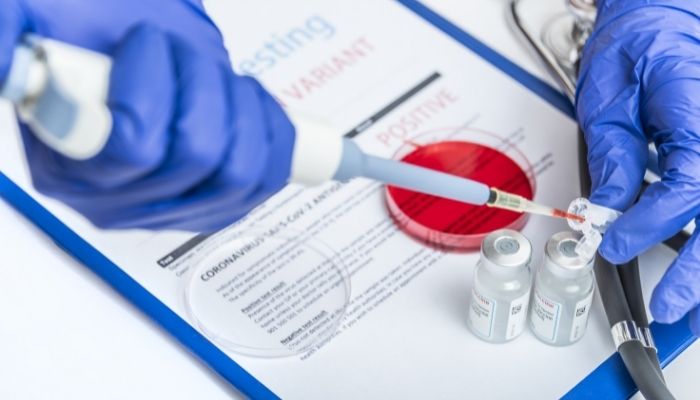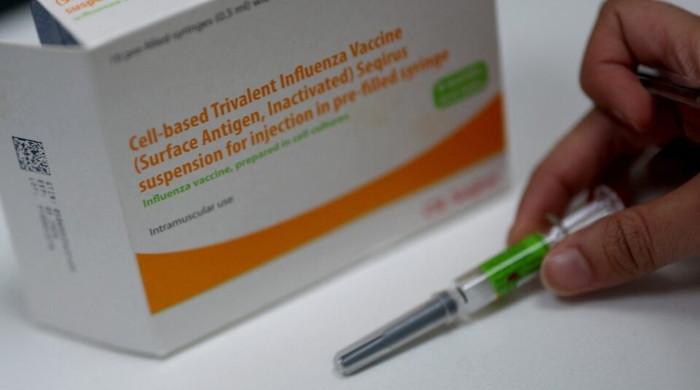Study reveals BA.2 Omicron variant spreading faster
BA.2 may have properties that make it as capable of causing severe illnesses as older COVID-19 variants, including Delta
February 18, 2022

New research reveals that the BA.2 virus, a subvariant of the Omicron coronavirus variant, is not only spreading faster than its distant cousin, but it may also be capable of fighting some of the major weapons we have against COVID-19, CNN reported.
According to report, BA.2 may have properties that make it as capable of causing severe illnesses as older COVID-19 variants, including Delta, according to new lab trials from Japan.
And, similar to Omicron, it appears to escape the immunity created by vaccines to a great extent. A booster dose restores protection, reducing the likelihood of infection-related sickness by 74%.
BA.2 is also resistant to various treatments, including the monoclonal antibody sotrovimab, which is now being used to treat Omicron.
The research was published as a preliminary study on the bioRxiv server on Wednesday, pending peer review. Normally, independent specialists review a study before it is published in a medical publication. Preprints allow researchers to disseminate their findings more quickly, but they are published before the final review process.
"It might be, from a human's perspective, a worse virus than BA.1 and might be able to transmit better and cause worse disease," says Dr. Daniel Rhoads, section director of microbiology at the Cleveland Clinic in Ohio.
When compared to the original COVID causing virus that emerged in Wuhan, China, BA.2 has a multitude of mutations. It also features dozens of gene changes from the original Omicron variant, making it as different from the most recent pandemic virus as the Alpha, Beta, Gamma, and Delta variants were from each other.
According to the findings, BA.2 should not be regarded a form of Omicron and should be properly examined, according to Kei Sato, a researcher at the University of Tokyo who led the study.
"BA.2 is known as 'stealth Omicron,' as you may know," Sato told CNN. That's because, unlike Omicron, it doesn't show up as an S-gene target failure on PCR assays. To detect this variant, labs must take an extra step and sequence the virus.
He said that the first thing many countries need to do is establish a technology to detect BA.2 precisely.
Deborah Fuller, a virologist at the University of Washington School of Medicine who studied the work but was not involved in it, commented, "It looks like we might be looking at a new Greek letter here."
Mixed real-world data on the severity of subvariants
BA.2 is around 30% to 50% more infectious than Omicron. It has been found in 74 nations and 47 states in the United States, stated the CNN report.
According to the US Centers for Disease Control and Prevention, roughly 4% of Americans with Covid-19 currently have infections caused by BA.2, however, this variant is more common in other parts of the world. According to the World Health Organization's weekly epidemiological report, it has grown prominent in at least eleven other countries: Bangladesh, Brunei, China, Denmark, Guam, India, Montenegro, Nepal, Pakistan, and the Philippines.
However, there is conflicting information regarding the severity of BA.2 in the real world. Hospitalizations are decreasing in nations where BA.2 has established itself, such as South Africa and the United Kingdom. However, hospitalizations and deaths are increasing in Denmark, where BA.2 has become the primary cause of infection, according to WHO.









